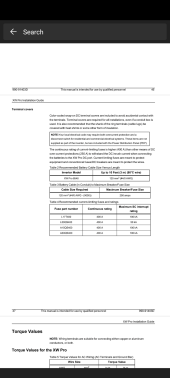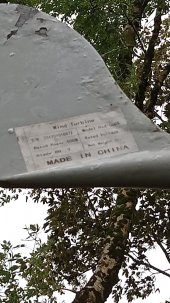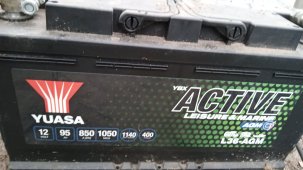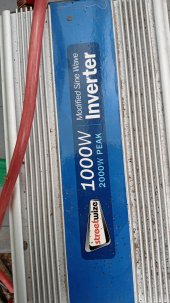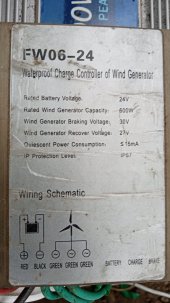Hi Their Folks
I am slowly getting there with my build, and I was hoping I could pick a few brains to ensure I am on the right path when it comes to the little things like cable size, isolation switches and breakers.
here are my calculations.
Schneider XW inverter, capable of 12,000 W for 60 seconds
I have three, 5kw rack batteries (total 15kw) with 100a bms each at 48v (each with their own breaker built in on the batteries)
I figured. for the cable, 250amp cable will be the minimum for my needs, 250amp x 48v = 12000 w ????? am I on track???
I was going to go with some 70mm cable (I am in the UK) (2/0 AWG) depending on where you read up, the amps varies as to continuis amp carrying capacity.
Do I need isolation switches from the batteries to the inverter ??? one on each leg or just the positive????
Do I need a Bracker between batteries and inverter????
For now, I am concentrating on the batteries to inverter connections
I am slowly getting there with my build, and I was hoping I could pick a few brains to ensure I am on the right path when it comes to the little things like cable size, isolation switches and breakers.
here are my calculations.
Schneider XW inverter, capable of 12,000 W for 60 seconds
I have three, 5kw rack batteries (total 15kw) with 100a bms each at 48v (each with their own breaker built in on the batteries)
I figured. for the cable, 250amp cable will be the minimum for my needs, 250amp x 48v = 12000 w ????? am I on track???
I was going to go with some 70mm cable (I am in the UK) (2/0 AWG) depending on where you read up, the amps varies as to continuis amp carrying capacity.
Do I need isolation switches from the batteries to the inverter ??? one on each leg or just the positive????
Do I need a Bracker between batteries and inverter????
For now, I am concentrating on the batteries to inverter connections



